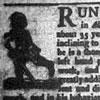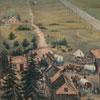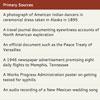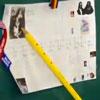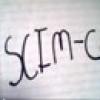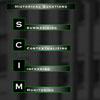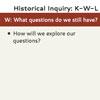Download Transcript: Historical Thinking in Action
In this video, students engage in the process of historical inquiry when they analyze and question primary sources. Fourth-grade Virginia Studies teacher Stacy Hoeflich uses a primary source, John Smith’s 1612 map of Virginia, to help her students understand European settlement of Virginia. (This video is continued in the following item.)
In this part of the lesson, Hoeflich gives instructions to the students, provides a guiding question for their analysis, and gives them time to carefully look at the source and develop a list of observations.
This lesson provides an example of how teachers can engage students in the process of thinking like historians. Students begin with a close reading of the map, noticing and observing details. With guidance from the teacher, students are able to think about the details they see, what they mean, and why they were included in the drawing. Students use evidence from the document to support conclusions about John Smith and the Virginia Company. The teacher helps move students beyond just noticing interesting details about the map by connecting the map to larger questions and topics in the curriculum.
Source: Roy Rosenzweig Center for History and New Media, Classroom: John Smith Map, Part 1 (Fairfax, VA, 2010), accessed September 16, 2011. Full video and lesson in Roy Rosenzweig Center for History and New Media and Loudoun County Public Schools, “Source Analysis: John Smith Map,” Foundations of U.S. History, accessed September 16, 2011.


